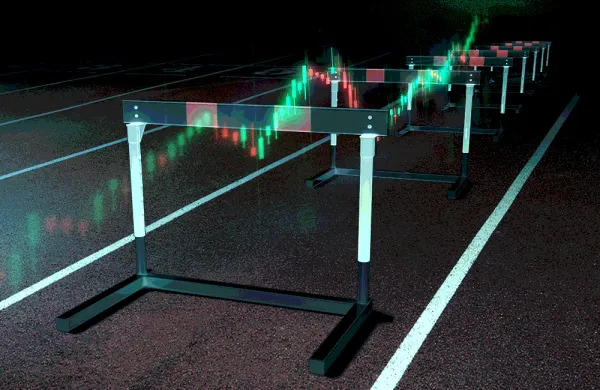Institutional investors often overlook high hedge fund fees — if a manager can deliver net returns that justify the outlays. But many are now asking hedge funds to add a hurdle rate — deliver some outperformance before they start paying for it.
Investors who pay the highest fees generate the highest returns. In 2022, allocators that generated returns of more than 10 percent paid an average of 6.13 percent in total fees (1.46 percent for management, 3.25 percent for performance and 1.24 percent for expenses), while those that generated negative returns paid 2.27 percent (1.43 percent for management and 0.81 for expenses), according to BNP Paribas’s 2023 Alternative Investment Strategy Survey, which polled 185 allocators.
Hedge fund fees have been falling for years. Since 2014, management fees have fallen about twice as fast as performance fees. In 2022, investors paid average management and performance fees of 1.46 percent and 16.9 percent, respectively.
Founders share classes have also played a role in declining hedge fund fees. Those shares charged an average of 0.96 percent and 13.92 percent for management and performance, respectively.
Last year, however, allocators began to pay a lot more attention to the point at which they would have to start paying performance fees. As a result, they want managers to use hurdle rates — a performance threshold that a hedge fund has to cross in order to charge a performance fee.
Sixty-six percent of investors surveyed by BNP Paribas in December and January said that hurdle rates are their preferred fee structure, compared to only 15 percent a year earlier. According to the survey, this was “likely a result of the rising interest rate environment and [the fact] that they have a cash plus return target for their portfolio.”
Allocators and hedge funds see eye-to-eye on many things. However, performance fees — regardless of when they have to be paid — add up to huge sums of money for individual institutions and the industry as a whole.
Hedge fund assets fell last year to $3.82 trillion from an all-time high of $4 trillion the year before. Even if the lowest fees were applied to all those assets, they would amount to tens of billions of dollars. Forty-two percent of investors surveyed by BNP said they planned to grow their hedge fund portfolio, while only 11 percent indicated that they planned to shrink it in 2023. The aggregate amount of new money from these respondents alone will translate into $10 billion in net inflows to hedge funds, BNP estimated.
Investment consultants and outsourced CIOs are responsible for the largest allocations; one in five of them plan to grow their allocation by $500 million or more, according to BNP’s survey. That money will likely be spread around a variety of funds. For the sixth year in a row, respondents said that they had an average of 33 funds in their hedge fund portfolios.







